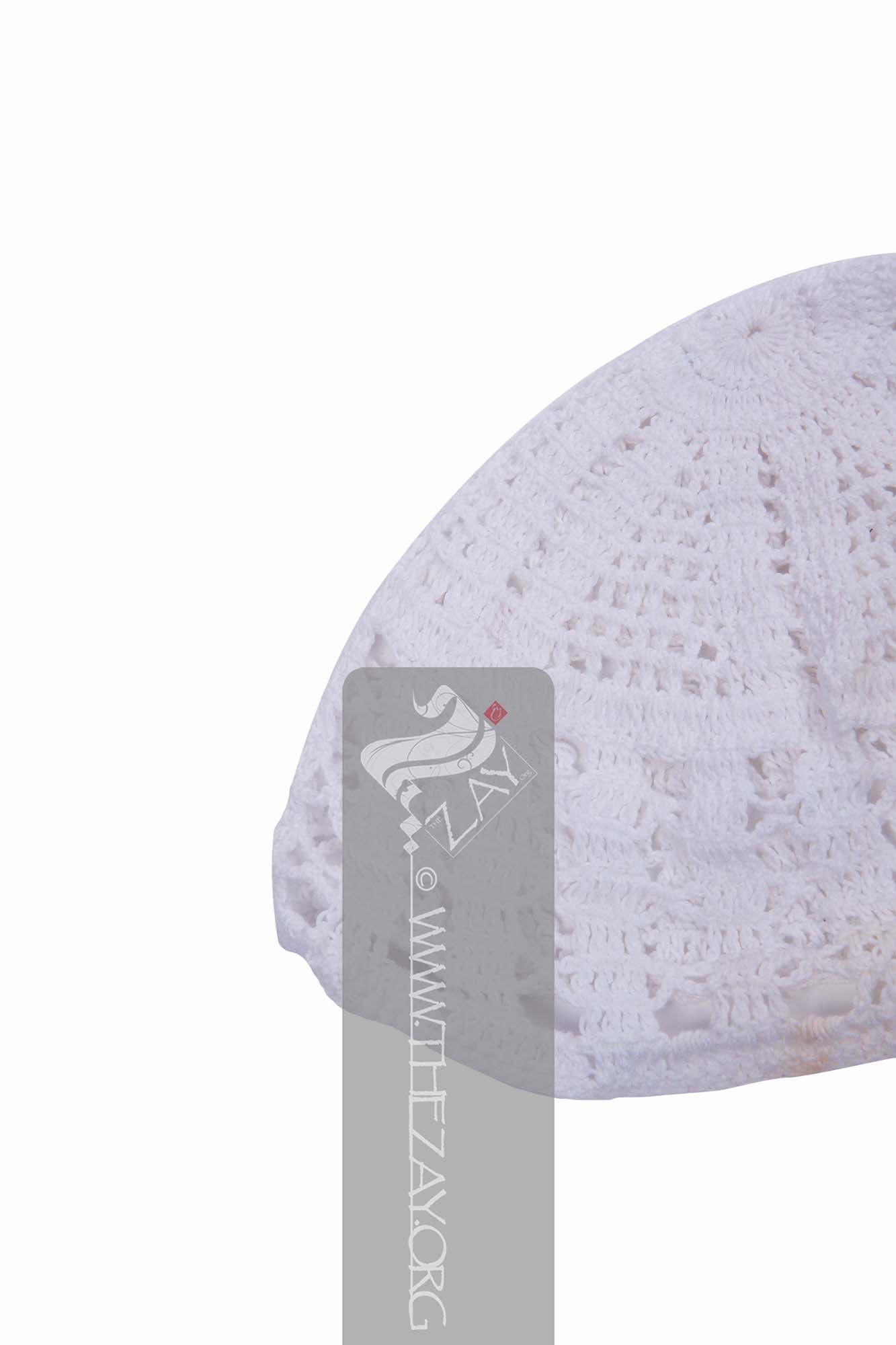Object History Dr. Reem Tariq
Ṭariq: (Arabic; Synonym: tulle_bi_talli; talli; badla; khus_dozi ), series of small metal knots made on a woven net ground as embellishment. The term is commonly used in the Levant Arab region specifically in Lebanon.
El Mutwalli
Dr. Reem Tariq
Ṭariq: (Arabic; Synonym: tulle_bi_talli; talli; badla; khus_dozi ), series of small metal knots made on a woven net ground as embellishment. The term is commonly used in the Levant Arab region specifically in Lebanon.
el Mutwallī: Founder (CEO) of the Zay
Zay: (Arabic: costume, Pl. azyaā’), a set of clothes in a style typical of a particular country or historical period. Initiative, a public figure, speaker and author. An expert curator and consultant in Islamic art and architecture, interior design, historic costume, and UAE heritage., The
Zay
Zay: (Arabic: costume, Pl. azyaā’), a set of clothes in a style typical of a particular country or historical period. Initiative founder was initially contacted on Instagram by Mariam Khalfan Mohammed Khalifah al Maydi al Badwawi, who offered to volunteer and help source old artifacts from the northern Emirates for the
Zay
Zay: (Arabic: costume, Pl. azyaā’), a set of clothes in a style typical of a particular country or historical period. Collection. Mariam has been an invaluable addition to our team, as she connects easily with people and patiently explains our role, convincing others to help the cause. This (
kandurah_arabiyah
Kandūrah_‘arabīyah: (colloquial Emirati term), coined post 1990s, to refer to the qamīs-like tunic with vertical slit located on the left side of the neckline extending down the chest. The origins of this slit are believed to lie in the Punjabi (kurta) and is generally fastened using cotton thread ball-like buttons ('igham), or metal snaps (siq_w_bic) which were subsequently replaced by transparent versions.ly replaced by transparent versions. khwar_zari) is one of her finds.
Mariam came across this article together with a few more from the late Mohammed ‘Ayish al Qaydi, who passed away in the 1990's. His family had luckily held on to them and were willing to sell them to The
Zay
Zay: (Arabic: costume, Pl. azyaā’), a set of clothes in a style typical of a particular country or historical period. Initiative.
Object Features A skullcap crocheted with white cotton thread. These caps are available in a variety of patterns and motifs, usually sporting enough openings to allow the head to ventilate. The purpose of the skullcap is to keep the headscarf (
ghutrah
Ghutrah: (Arabic: qatrah: hunting lodge, synonyms: kūfīyah, shmāgh, haṭṭah, mshadah, qaḍāḍah, jamadānah), a large square piece of woven cotton with white base, folded in half to form a triangle. The folded edge is worn across the forehead fastened by a cord (‘iqal) and draped off the shoulders. It often has geometric embroidery in a square-like pattern, the most famous being red and black. Worn in the Levant, Iraq, and the Arabian Gulf.) or (
kufiyah
Kūfīyah: (Arabic: takwīf: round), a large square piece of woven cotton with white base, folded in half to form a triangle. The folded edge is worn across the forehead fastened by a cord (‘iqal) and draped off the shoulders. It often has geometric embroidery in a square-like pattern, the most famous being red and black. Worn in the Levant, Iraq, and the Arabian Gulf and known as (shmāgh), (ghutrah
Ghutrah: (Arabic: qatrah: hunting lodge, synonyms: kūfīyah, shmāgh, haṭṭah, mshadah, qaḍāḍah, jamadānah), a large square piece of woven cotton with white base, folded in half to form a triangle. The folded edge is worn across the forehead fastened by a cord (‘iqal) and draped off the shoulders. It often has geometric embroidery in a square-like pattern, the most famous being red and black. Worn in the Levant, Iraq, and the Arabian Gulf.), (haṭṭah), (mshadah
Mshadah: (Arabic: shadda: tied tightly, synonyms: kūfīyah, shmāgh, ghutrah
Ghutrah: (Arabic: qatrah: hunting lodge, synonyms: kūfīyah, shmāgh, haṭṭah, mshadah, qaḍāḍah, jamadānah), a large square piece of woven cotton with white base, folded in half to form a triangle. The folded edge is worn across the forehead fastened by a cord (‘iqal) and draped off the shoulders. It often has geometric embroidery in a square-like pattern, the most famous being red and black. Worn in the Levant, Iraq, and the Arabian Gulf., ḥaṭṭah, qaḍāḍah, jamadānah), a large square piece of woven cotton with white base, folded in half to form a triangle. The folded edge is worn across the forehead. It often has geometric embroidery in a square-like pattern, the most famous being red and black. Worn in the Levant, Iraq, and the Arabian Gulf.), (qaḍāḍah), or (jamadānah).) in place and to protect it from natural hair oil and sweat.





